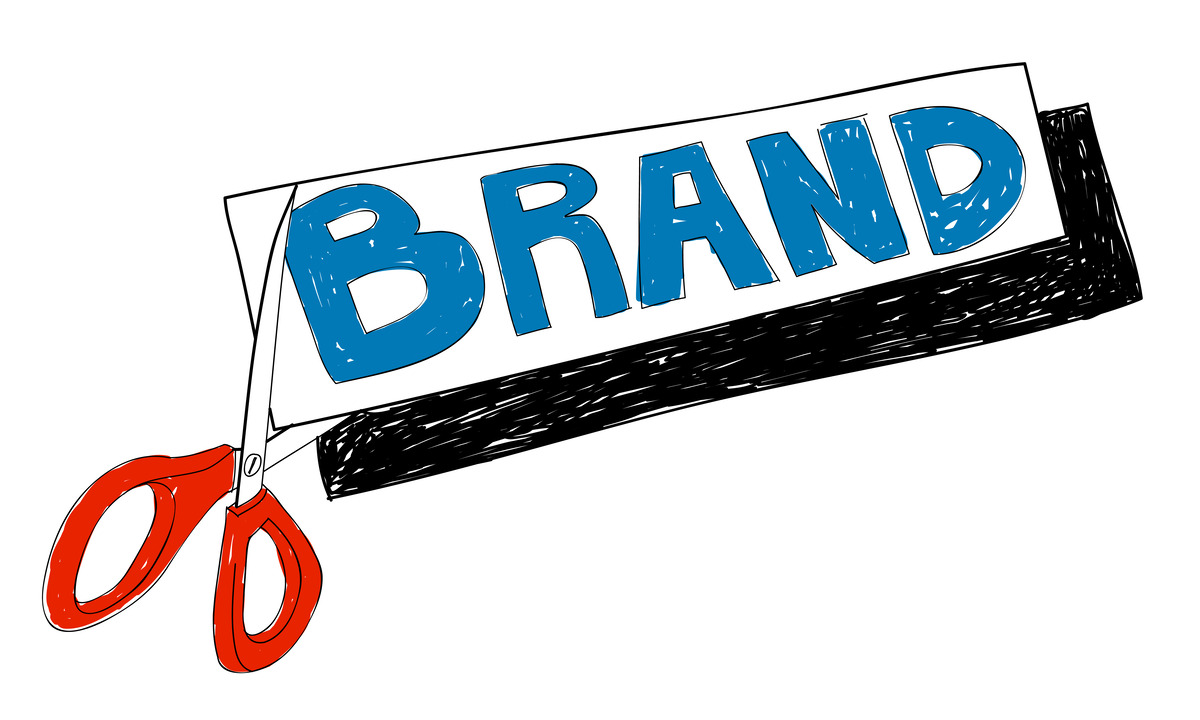Overview
Typography has a significant impact on design, communication, and aesthetics. It is commonly defined as the art and practice of arranging type to make written material intelligible, legible, and appealing. Beyond its practical use, typography captures the spirit of visual language, impacting views, arousing feelings, and subtly communicating messages. This talk takes us on a tour through the complex realm of typography, revealing its historical foundations, guiding principles, modern uses, and lasting influence.
Evolution in History
The development of writing systems has been intricately linked to the rich legacy of typography, which dates back to ancient civilizations like Mesopotamia, Egypt, and China.
Johannes Gutenberg’s development of moveable type in the fifteenth century marked the beginning of a new era in printing and typography and transformed the way that knowledge was disseminated.
Typeface evolution across time, from classical serifs to contemporary sans-serifs, is a reflection of changing societal norms, tastes, and technological breakthroughs.
Fundamentals of Typography
Readability and legibility are crucial factors that guarantee the intended audience can readily understand and decode the material.
To improve readability and aesthetic appeal, typography involves a careful balancing of aspects including font selection, spacing, alignment, and hierarchy.
Designers can create harmonious compositions with precise precision by knowing terminology like x-height, ascenders, descenders, and kerning, which are all related to typographic anatomy.

Part in the Design
A key component of graphic design, typography has a significant impact on user experience, brand identity, and overall visual communication.
By carefully choosing and arranging typefaces, designers may add individuality to their designs, provoke particular feelings, and strengthen brand narratives.
Across a variety of media, the interaction of typography with other design components including colour, layout, and photography creates visually compelling and cogent experiences.
Current Patterns
Typography has become ubiquitous on websites, mobile applications, and multimedia platforms in the digital age, beyond the limitations of traditional print media.
Fluid layouts, variable fonts, and responsive typography have become popular concepts that address the dynamic nature of digital content consumption.
By combining cutting-edge methods, unusual materials, and interactive components, experimental typography pushes the envelope of creativity and immerses viewers in new and exciting experiences.
Cultural Importance
Typography is a storehouse of language legacy and visual traditions, reflecting cultural diversity, regional aesthetics, and historical legacies.
In an increasingly globalized world, calligraphic forms, vernacular typography, and indigenous scripts celebrate cultural identities and promote inclusivity.
In order to foster linguistic diversity, preserve and revitalize endangered scripts, and advance intercultural communication, typography is essential.
Effect on the Mind
Beyond its aesthetic appeal, font has a significant psychological impact on readers, affecting their attitudes, behaviours, and perceptions.
Sans-serif fonts communicate modernism, simplicity, and approachability, while serif typefaces imply tradition, authority, and formality.
A well-chosen typographic design can arouse feelings in viewers, bring back fond memories, and create subconscious associations.
Moral Aspects to Take into Account
There are moral ramifications to typography, especially when it comes to concerns of social justice, diversity, and accessibility.
It is the duty of designers to guarantee that typography is accessible and inclusive to a wide range of users, including those who have reading or vision impairments.
Promoting typographic diversity, fair representation, and cultural awareness cultivates an inclusive design philosophy that elevates the voices and viewpoints of marginalized people.
Conclusion
In summary, typography is more than just words on a page; it is the visual language itself, capturing emotion, culture, and history in its complex shapes. Typography has always changed, from prehistoric inscriptions to modern digital interfaces. It has shaped our views, aided in communication, and enhanced the human experience overall. As guardians of this ageless artistry, designers have the ability to unleash the expressive potential of typography and create stories that touch people’s emotions and intellect all around the world. Accepting the artistic potential of typography is like setting out on a voyage of exploration, where each letter, stroke, and flourish reveals a narrative just waiting to be heard.


